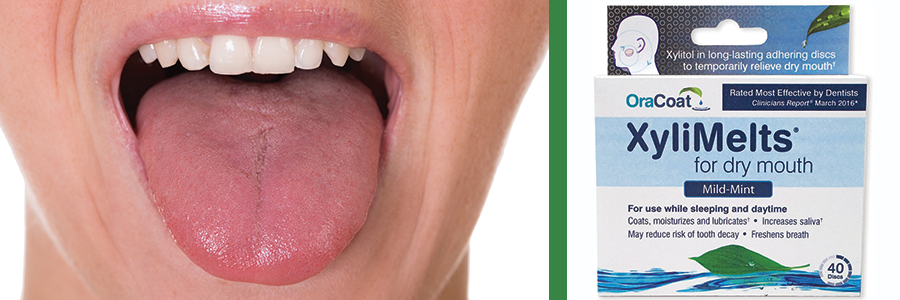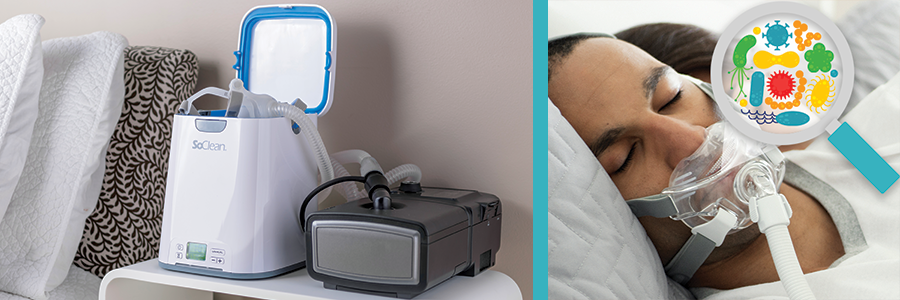We live in a world where we have to constantly adapt to make our lives more comfortable. During these moments, we may experience some growing pains and discomfort – it’s only par for the course. You can’t have the good without the bad. When it comes to CPAP treatment, these same basic life concepts apply. Here are eight ways to better adapt to CPAP treatment – to make therapy more comfortable and to improve your quality of sleep.
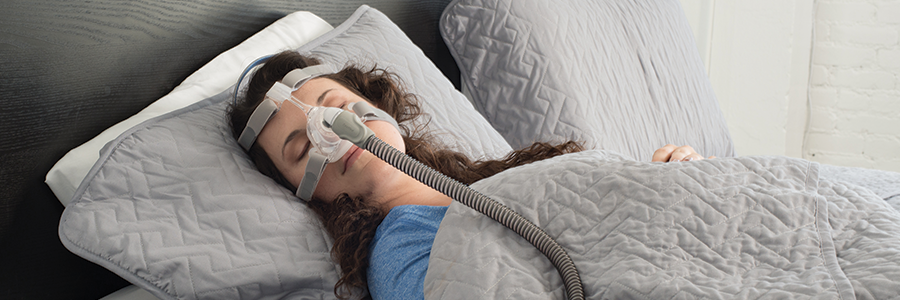
1. Leaks
Not only is a mask leak uncomfortable in and of itself, but you also have skin chafing and rashes as a result of the moisture and the mask rubbing against your skin. Usually, solving a mask leak is as simple as replacing the cushion to your particular mask. You could also try the wonderful full face, nasal and nasal pillow liners from RemZzzs – it will fit oh so comfortably between your mask and your skin.
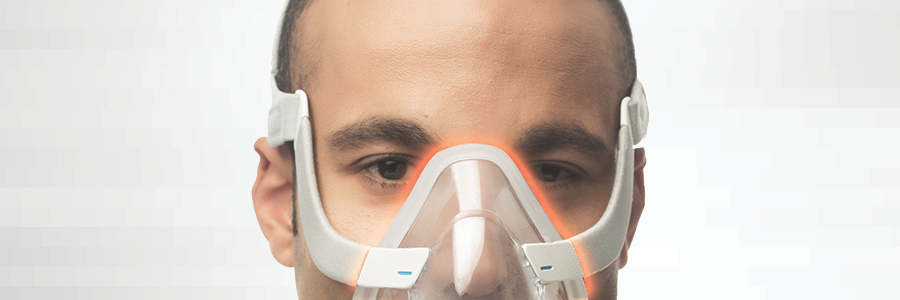
2. Soreness
Many people complain of soreness when they first start their CPAP therapy. But like a good pair of shoes, your CPAP just needs to be broken in. There could also be the issue where you have more defined facial features that make the mask not fit as well. One source of discomfort for a lot of CPAP users lies in the bridge of the nose – this is usually where the top of the full face mask rests. To solve this inconvenience, try out the Gecko Nasal Pad, which provides a barrier between the mask and the bridge of your nose. Another option may be to purchase a smaller or larger mask – according to your unique face shape and size. If a full-face mask just isn’t your thing, you may want to try a Nasal Pillow Mask, which offers a lot more mobility to those fussy sleepers.
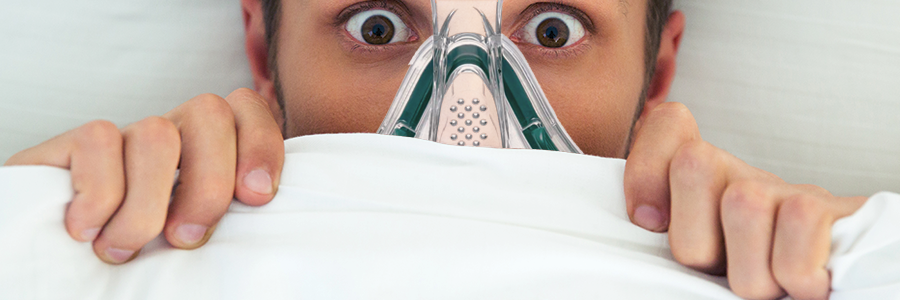
3. Claustrophobia
While there is only one known case of someone having a clinical fear of antique furniture – that distinction goes to the actor Billy Bob Thornton – there are literally millions of cases of people who suffer from claustrophobia. For CPAP users – particularly new CPAP users – there are many ways to conquer your claustrophobia. For one, you can try some breathing exercises to make wearing a mask feel less like you are stuck, trapped, or tied down. Another option is to go with a less cumbersome full face mask like the Amara View or a nasal pillows mask that allows you to free up most of your face – save for the tube. If you have a fear of tubes, check out the DreamWear Nasal Mask, which has the tubing go over the top of the head. Click here for some more tips to battle mask claustrophobia.
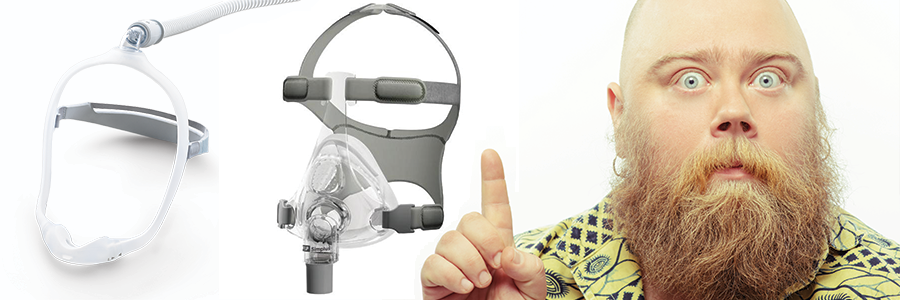
4. Facial Hair
You thought your beard was really cool until you started undergoing CPAP treatment, didn’t you? Indeed, even having a five o’clock shadow can make CPAP treatment a little uncomfortable. However, you don’t need to sacrifice the stash or your signature scruff just for the sake of your CPAP treatment – all you need is a mask with a better seal. For instance, the Simplus Full Face Mask offers an unprecedented seal and it will allow for more mobility. But the best part of this mask is the Roll Fit Cushion, which allows the bottom of the mask to fit just under the contours of your chin. This mask’s straps also make it really easy to custom fit the mask, so that you can find your exact comfort range. Your beard has probably had a lot of adversaries – your wife, your mother, your boss – so don’t let your CPAP mask take your championship title away. If you sleep with your mouth closed, go for the more minimal nasal pillow masks or try the new DreamWear Nasal Mask.
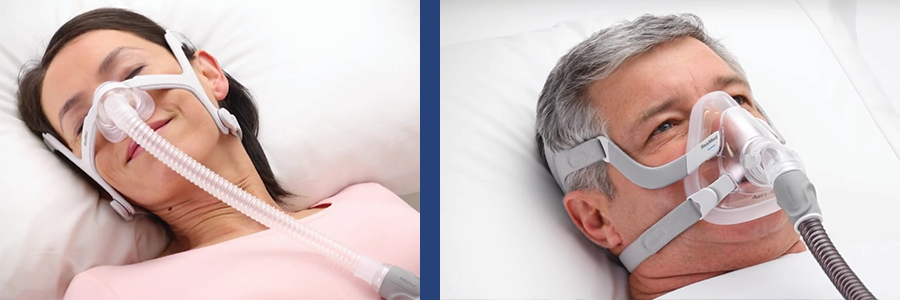
5. Mask Not Staying On Straight or Fitting Perfectly
When it comes to your CPAP mask fit, it should never be too tight or too loose – it should fit snugly and comfortably, like a nice brand-new pair of socks. If your mask isn’t fitting snugly, there could be a number of issues at play. The simple solution is to see if you can adjust the headgear – it may be that it hasn’t been adjusted according to the size of your noggin. Another solution may be to get a mask that allows for a more versatile fit, like the AirFit N20, which has a brand new InfinitySeal™ designed to minimize leaks and padded, structured headgear that you don’t need to overtighen. If you like the idea of the AirFit N20 but you use a full face mask, check out the AirFit F20. Your mask may also be a little loose due to age – it may simply be time for replacement headgear for your particular mask.

6. Stomach and Side Sleepers
Some people sleep on their stomachs – in what is called the Superman position. Other people sleep on their sides, which is more of a fetal position. Whatever the case is, if your sleeping style is causing your mask to slip on and off while you doze, you may be dealing with some discomfort and annoyance. Oftentimes, stomach and side sleepers are the most mobile sleepers, so you need a mask that will stick with your face – no matter what part of the bed or position you curl into. Try the Swift FX if you’re a tosser and turner. If you want the softest experience go for the fabric covered P10.
7. Dry Mouth
If you look like Celine Dion singing the high notes of one of her songs while you sleep, there is a good chance that you are what they call a “mouth breather.” If this is the case, you may want to use a full face mask rather than a nasal pillow mask to get your daily dose of CPAP. The reason for this is simple: if you sleep with your mouth wide open and you use a nasal mask, you may experience dry mouth. Dry mouth can also have subsequent problems, like sore thought and irritation. So, you may want to try out a mask system like the AirFit F20, which also happens to stay in place very well even if you move a lot during the night. But that’s not all – you may also want to use some kind of chinstrap to help keep your mouth closed during the night. You can also try dry mouth tablets that dissolve in your mouth and prevent dryness throughout the night.
8. Sinus Infection
Sinus infections are the last thing from fun. Well, there is one thing that could actually make your sinus infection worse and that is a dirty, germ-ridden CPAP machine. There is a good chance that your CPAP machine, mask, tube, and other supplies are literally covered in germs and bacteria. These germs and bacteria can cause sickness, but if you already have an infection, they can make it way worse. This is where the SoClean comes in handy. This magical device is one of the safest and easiest ways to remove 99.9% of bacteria, viruses and mold from your CPAP. How does it work? It uses activated oxygen molecules to literally destroy these sickness-causing germs that can very easily take over your CPAP machine and supplies. You can also use these CPAP cleaning wipes to get rid of grease, oils and other residue that can build up on your mask–conveniently packaged so you can clean your mask easily even when you are traveling.
In the end, CPAP is going to become a very close and familiar part of your life if you want to effectively battle and eliminate all the systems of obstructive sleep apnea. You may hate it at first, but the sooner you to learn to adapt to all of CPAP’s most common discomforts – like a mask that doesn’t fit quite right, leaks, dry mouth, soreness, and claustrophobia – the sooner you will discover all of CPAP’s amazing healing and restorative powers.




